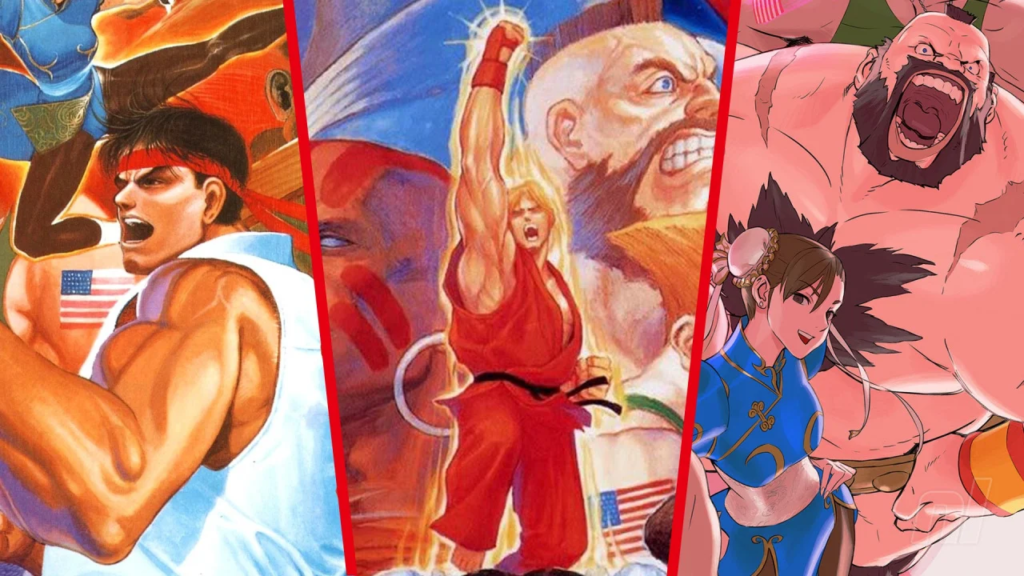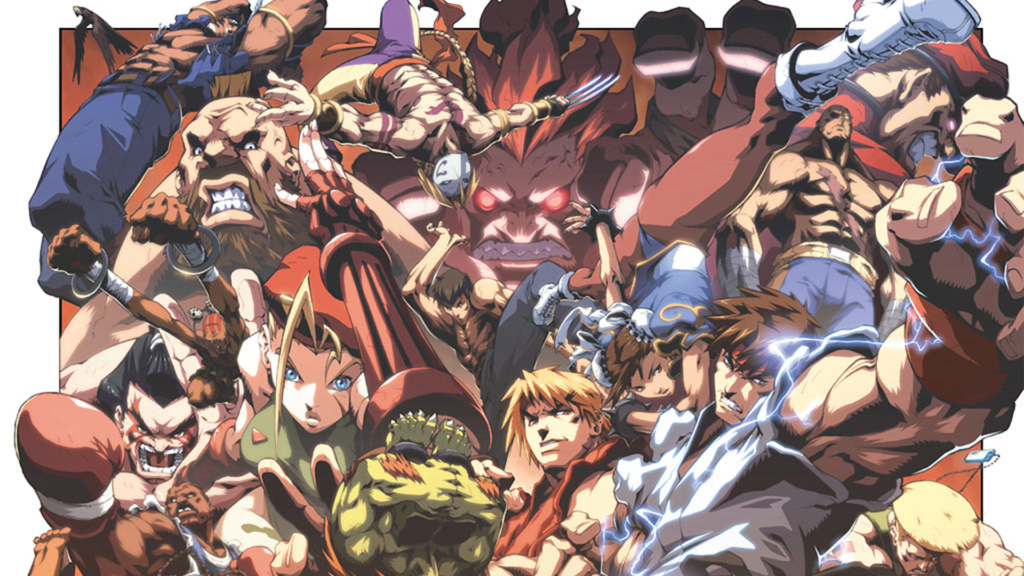As we look back through the annals of video game history, few titles stand out with the same enduring impact as Street Fighter II. Released in 1991 by Capcom, Street Fighter II not only redefined the fighting game genre but also left an indelible mark on gaming culture that continues to resonate decades later. In this retrospective, we embark on a journey through the origins, evolution, and lasting legacy of Street Fighter II.

The Genesis of a Fighting Game Icon
Street Fighter II emerged as the sequel to the original Street Fighter, released in 1987. While the first installment laid the groundwork, it was Street Fighter II that perfected the formula, introducing a cast of diverse characters each with their unique fighting styles. Ryu, Chun-Li, Dhalsim, and others became household names, captivating players with their distinctive moves and personalities.
Introducing groundbreaking gameplay mechanics that set it apart from its predecessors. The six-button control scheme, allowing for a variety of punches and kicks of varying strengths, added depth to the combat system. The concept of “special moves” became a defining feature, with players mastering intricate joystick and button combinations to unleash devastating attacks like Ryu’s Shoryuken or Guile’s Sonic Boom.
The multiplayer aspect was another revolutionary aspect. Street Fighter II allowed players to face off against each other, creating a competitive social dynamic that became a hallmark of the arcade experience. The thrill of a one-on-one battle, with spectators eagerly watching the intense matches, elevated the game to a new level.

The Global Phenomenon
Street Fighter II’s success wasn’t confined to arcades in its native Japan; it quickly became a global phenomenon. The game’s success in North America was particularly noteworthy, as it became a cultural touchstone in the early ’90s arcade scene. Local arcades transformed into arenas where players honed their skills, formed rivalries, and shared strategies, contributing to the rise of competitive gaming.
The international appeal of Street Fighter II was further enhanced by its diverse character roster, drawing inspiration from various martial arts disciplines and cultural backgrounds. This inclusivity resonated with players worldwide, fostering a sense of connection to the game’s characters regardless of geographic location.
Street Fighter II laid the foundation for competitive fighting games and esports as we know them today. The game’s popularity fueled the creation of organized tournaments, where skilled players could test their mettle against opponents from different regions.
Capcom’s decision to release updated versions of the game, starting with Street Fighter II: Champion Edition, further fueled the competitive scene. These iterations introduced new characters, balance changes, and enhanced gameplay features, keeping the experience fresh and maintaining player interest.

Cultural Impact Beyond Gaming
Street Fighter II’s influence transcended the realm of gaming, permeating popular culture in unprecedented ways. The game’s characters became iconic figures, appearing in comic books, animated series, and even Hollywood adaptations. Chun-Li, with her powerful spinning kick, became a feminist symbol, challenging stereotypes about women in gaming.
The game’s influence extended to music, with Street Fighter II’s memorable soundtrack becoming ingrained in the minds of players. The “Hadouken” sound effect and Ryu’s theme are instantly recognizable, evoking a sense of nostalgia for those who spent countless hours in arcades perfecting their skills.
Street Fighter II underwent several iterations, each building upon the success of its predecessor. From Super Street Fighter II to Street Fighter II Turbo, Capcom continually refined the formula, introducing new characters, stages, and gameplay mechanics. The series continued to evolve with subsequent releases, such as Street Fighter III and Street Fighter IV, but Street Fighter II remained the touchstone for fans and developers alike.
The enduring legacy of Street Fighter II is evident in the continued reverence for the game within the gaming community. The characters introduced in this classic title continue to be featured in the latest entries of the Street Fighter franchise, showcasing the timeless appeal of Ryu, Ken, and the rest of the original roster.

In retrospect, Street Fighter II stands as a landmark title that not only revolutionized the fighting game genre but also shaped the landscape of competitive gaming and popular culture. Its innovative gameplay mechanics, diverse character roster, and global impact have left an indelible mark on the industry. As we celebrate the game’s legacy, it’s clear that Street Fighter II is more than a nostalgic trip down memory lane; it’s a testament to the enduring power of well-crafted gameplay and the cultural resonance of iconic characters. Street Fighter II isn’t just a game; it’s a legend that continues to inspire new generations of gamers and remains an integral part of gaming history.

